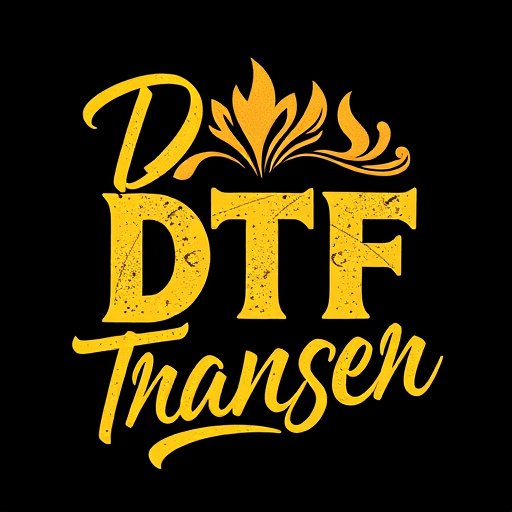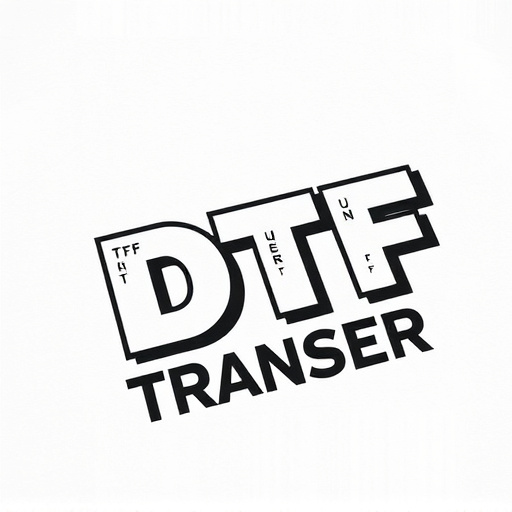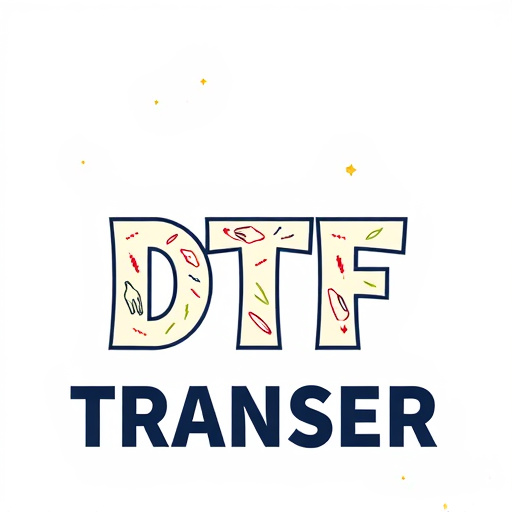Direct-to-Film (DTF) transfers are an innovative printing technique revolutionizing business branding. They offer unparalleled versatility, enabling vibrant, durable prints on diverse materials like films, fabrics, and plastics. DTF's high-resolution, full-color images with precise detail make it ideal for demanding branding applications. The method includes selecting suitable materials (polyester, vinyl, polycarbonate), meticulous preparation, and a multi-step process ending in fusing ink to create long-lasting prints. DTF transfers enhance brand visibility, foster loyalty, and offer innovative marketing opportunities. Future advancements promise even more intricate designs, enhanced accuracy, 3D branding, streamlined production, and sustainable practices.
In the dynamic landscape of business branding, Direct-to-Film (DTF) transfers have emerged as a game-changer. This cutting-edge technology allows for seamless integration of brand identities onto various surfaces, from apparel to signage, with vibrant and durable results. This article delves into the comprehensive world of DTF transfers, exploring their benefits, material choices, creative applications, technical processes, and future trends. Unlock the power of DTF printing to elevate your brand’s visibility and impact in modern marketing campaigns.
- Understanding Direct-to-Film (DTF) Transfers: A Comprehensive Overview
- The Benefits of Using DTF Transfer for Business Branding
- Choosing the Right Materials for DTF Printing: What to Consider
- Creative Applications of DTF Prints in Modern Marketing Campaigns
- Technical Process: How DTF Transfers are Produced
- Future Trends and Innovations in DTF Technology for Brands
Understanding Direct-to-Film (DTF) Transfers: A Comprehensive Overview
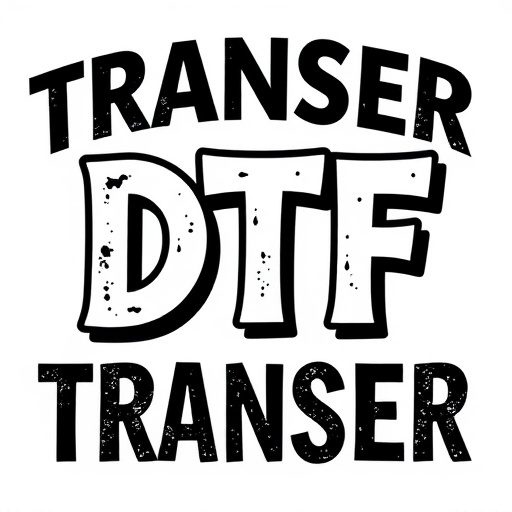
Direct-to-Film (DTF) transfers are a cutting-edge printing technique revolutionizing business branding. This method involves transferring designs directly onto various materials, including films, fabrics, and plastics, by using specialized printers. DTF offers unparalleled versatility, allowing businesses to create vibrant, durable prints on a wide range of surfaces—from promotional banners to custom packaging.
DTF Printing leverages advanced technology to produce high-resolution, full-color images with exceptional precision. The process starts with digital design files, which are then converted into print-ready formats. Next, the printer lays down ink directly onto the target material, layer by layer, building up the desired image. This direct application ensures precise color reproduction and intricate detail, making DTF ideal for demanding branding applications. Furthermore, DTF prints boast exceptional durability, ensuring that business logos and graphics remain vibrant even under harsh conditions.
The Benefits of Using DTF Transfer for Business Branding
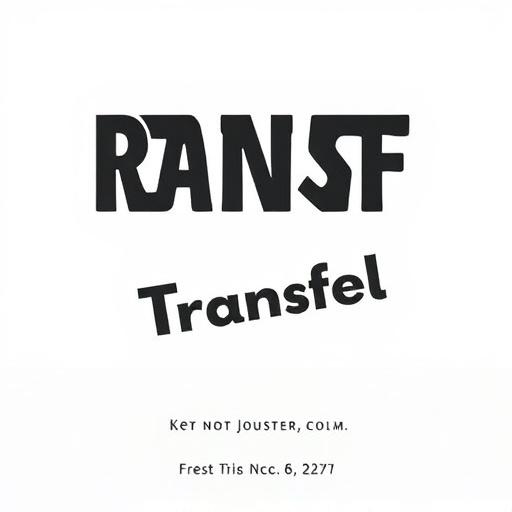
Direct-to-film (DTF) transfers offer a multitude of benefits for business branding. Firstly, they enable high-quality printing on a variety of materials, from plastic and metal to fabric and wood, allowing businesses to enhance their brand visibility across diverse products and surfaces. This versatility is particularly beneficial for companies looking to expand their branded merchandise or create unique promotional items.
Additionally, DTF Printing provides vibrant and durable colours, ensuring that brand logos, slogans, and designs remain crisp and visible even under harsh conditions. This longevity makes DTF prints ideal for outdoor advertising, events, and durables goods. Moreover, the process is efficient and cost-effective, allowing businesses to produce custom branding at scale without compromising on quality or incurring high printing costs.
Choosing the Right Materials for DTF Printing: What to Consider
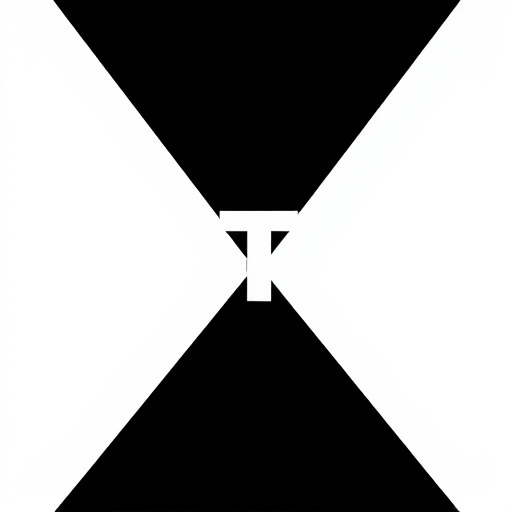
When selecting materials for DTF (Direct-to-Film) transfers, several factors come into play to ensure optimal print quality and durability. The choice of material is pivotal in determining the final product’s longevity and visual appeal. One key consideration is the type of film used; polyester, vinyl, and polycarbonate are popular options known for their strength and versatility. Each has unique characteristics suitable for distinct branding applications, be it outdoor signage or indoor displays.
Additionally, ink compatibility and substrate preparation are vital. DTF Printing demands specific inks designed to adhere firmly to the chosen film, while the substrate must be meticulously cleaned and prepared to eliminate any contaminants that could hinder print precision. The right combination of materials and meticulous attention to detail guarantees that branding elements produced via DTF transfers maintain their vibrancy and effectiveness for extended periods.
Creative Applications of DTF Prints in Modern Marketing Campaigns
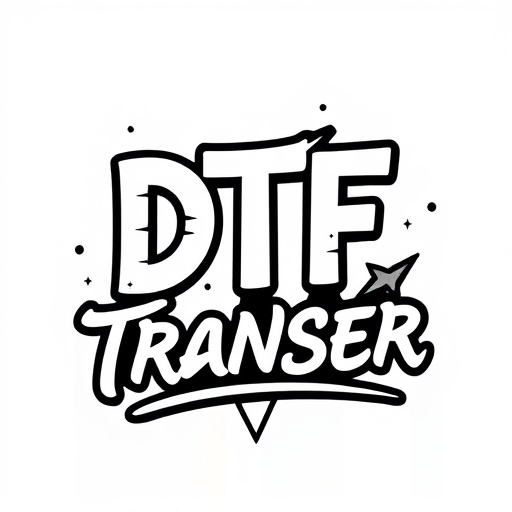
Direct-to-film (DTF) transfers have opened up a world of creative possibilities for modern marketing campaigns. This innovative printing technique allows brands to produce visually stunning, high-quality graphics directly on various surfaces, from clothing and signage to mobile devices and even packaging. With DTF, designers can easily incorporate intricate patterns, vibrant colors, and unique textures, transforming everyday objects into eye-catching promotional tools.
The versatility of DTF Printing enables marketers to create captivating brand experiences. For instance, it can be used to design eye-popping merchandise that enhances the customer journey, from initial attraction to lasting brand loyalty. Moreover, DTF Transfers are ideal for experiential marketing events, where interactive and immersive brand interactions can leave a lasting impression on consumers. By embracing this technology, businesses can elevate their marketing strategies, engage audiences in innovative ways, and build memorable brand associations.
Technical Process: How DTF Transfers are Produced
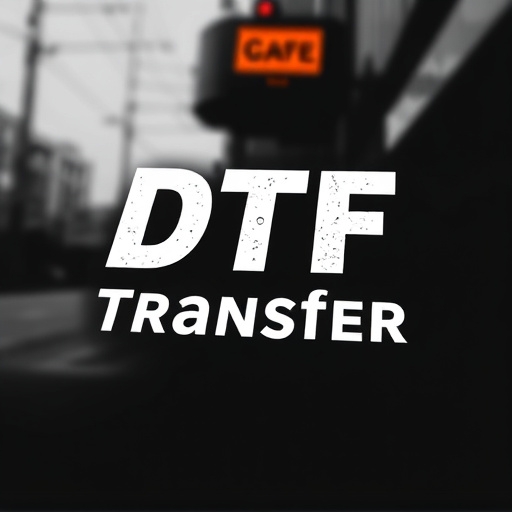
Direct-to-film (DTF) transfers are a cutting-edge printing technique revolutionizing business branding by enabling intricate designs to be seamlessly integrated into various marketing materials, from signage to promotional merchandise. The process begins with high-resolution digital art or graphics that are meticulously prepared for printing. These designs are then converted into a format compatible with specialized DTF printers.
The printer uses a precise laser beam to burn the image directly onto a transparent film, creating a negative mask of the design. This film is then carefully aligned and bonded to a chosen substrate—whether it’s vinyl, fabric, or even metal—before undergoing a heating process that fuses the ink to the material, resulting in vibrant, long-lasting DTF prints. This method offers exceptional detail fidelity, ensuring that brand logos, graphics, and text appear crisp and professional on a variety of surfaces.
Future Trends and Innovations in DTF Technology for Brands
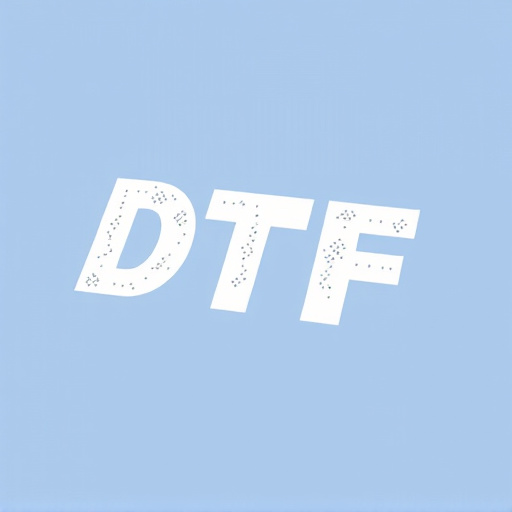
The future of direct-to-film (DTF) technology looks bright for brands looking to innovate and stay ahead in a competitive market. As DTF transfer printing continues to evolve, we can expect to see even more intricate and personalized designs. Advances in ink formulation and print heads will enable finer details and enhanced color accuracy, elevating the overall aesthetic appeal of branded products. The integration of new materials will also expand the applications of DTF printing beyond traditional flat surfaces, allowing for unique 3D branding opportunities.
Innovations in DTF technology aim to streamline production processes, making them more efficient and cost-effective. Automated systems and advanced software are likely to play a significant role in this regard, enabling brands to quickly adapt designs and produce high-quality, personalized prints on demand. Furthermore, the potential for sustainable practices within DTF printing, such as eco-friendly inks and recycled materials, is an exciting development that aligns with modern consumer preferences for environmentally conscious branding.








